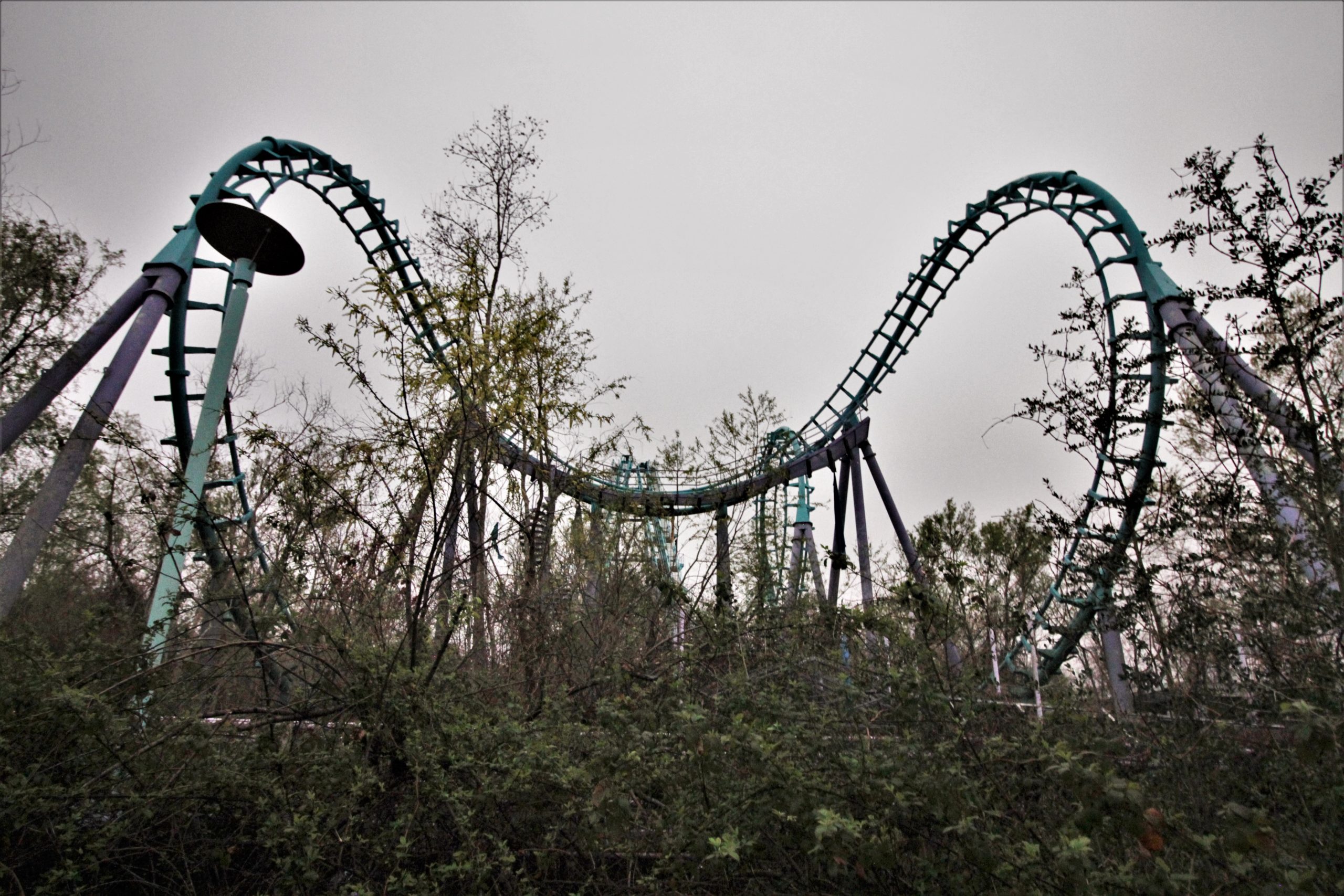As one moves closer to the areas where homeless individuals reside within urban environments, the journey toward urban exploration takes an unexpected turn, morphing into what can be described as poverty tourism. The act of venturing into spaces one isn’t meant to access eventually leads to encounters with others who find themselves in these spaces, often not by their own choice. There’s a delicate balance between actively participating in the redefinition of these abandoned spaces and unintentionally violating the already redefined space that others inhabit.
While New Orleans doesn’t have an extremely extensive homeless population compared to West Coast cities like San Francisco or Los Angeles, certain parts of the city emit an unmistakable atmosphere, particularly the regions most profoundly impacted by the catastrophic Hurricane Katrina in 2005. A while ago, my companions and I embarked on a journey to the Crescent City with a particular goal in mind: to capture images of what I personally regarded as a kind of Holy Grail—Six Flags New Orleans, or as it was known to locals before 2000, Jazzland. This wasn’t my first time traversing long distances for the sake of urban exploration, but it was my first exposure to a location ravaged by a natural disaster of Katrina’s magnitude. Even more than a decade later, the city still held promise for urban explorers, with places like Charity Hospital and Jazzland continuing to be accessed periodically. From our perspective at the time, this was our chance to be part of something bigger.
Yet, our assumptions were profoundly misguided. Photographing Six Flags was relatively standard for infiltrations, especially considering its remote location on the outskirts of Orleans Parish with minimal civilian presence nearby. However, as we delved deeper into the city, venturing into areas like the Lower Ninth Ward, a realization dawned upon us. It was a realization that had been lurking at the back of our minds since our arrival in New Orleans. We intellectually grasped the extent of the City’s trauma due to Katrina and how it directly led to the abandonment of many sites we aimed to explore on this trip. Nevertheless, the allure of exploration urged us onward.
But that urge was short-lived. Our second day took us through several abandoned elementary schools, a deserted nursing home, and a naval support center—all profoundly impacted by the hurricane’s devastation. All of these were situated within the Lower Ninth Ward, the neighborhood most severely affected by Katrina. As we navigated through the area, a pervasive sense of awareness enveloped us, emanating from everyone we passed. It wasn’t merely our conspicuous presence as predominantly white individuals in a predominantly black neighborhood, nor was it solely due to our out-of-state license plates on a rental car. It was the deeper reality that we were outsiders—trespassers in a space where we held no legitimate claim. We lacked the right to document the abandonments we encountered, to recount their stories, or to bear witness to the scars left behind. We simply didn’t belong.
By the dawn of the third day, we had ceased our entry into abandoned spaces altogether. It wasn’t due to a lack of locations to explore, entry points to breach, or even encounters with law enforcement. It was a realization that what we were doing was morally wrong, an act that lacked respect for the community. These stories weren’t ours to tell. Local explorers, those with a genuine connection to the places and stories, were the rightful bearers of this responsibility. But not us. Not this time.
This line of contemplation continues to visit my thoughts as the years roll on and my journey in urban exploration persists. It becomes clear that urban exploration can, in certain aspects, be likened to historical voyeurism. As explorers, we often find ourselves as observers and participants in narratives and locations that don’t necessarily belong to us. We diligently document these sites in their current state, frequently without the authorization or knowledge of those directly tied to them. And in those rare instances when we do cross paths with individuals linked to the stories we document, their reactions can vary greatly. Some express gratitude for preserving narratives that might otherwise fade into oblivion. Others experience a sense of melancholy, mourning the deterioration and obscurity that has befallen places rich with memories. And then there are those who feel offended by the intrusion upon the memories that hold profound significance to them.
One can’t help but wonder about the perceptions of those whose stories we inadvertently become witnesses to, without their consent, awareness, or understanding. What judgments do they pass on us, the narrators of their experiences? The balance between exploration and ethics remains a delicate one, a tightrope walk between fascination and sensitivity, as we navigate through the realms of the abandoned and the forgotten.

